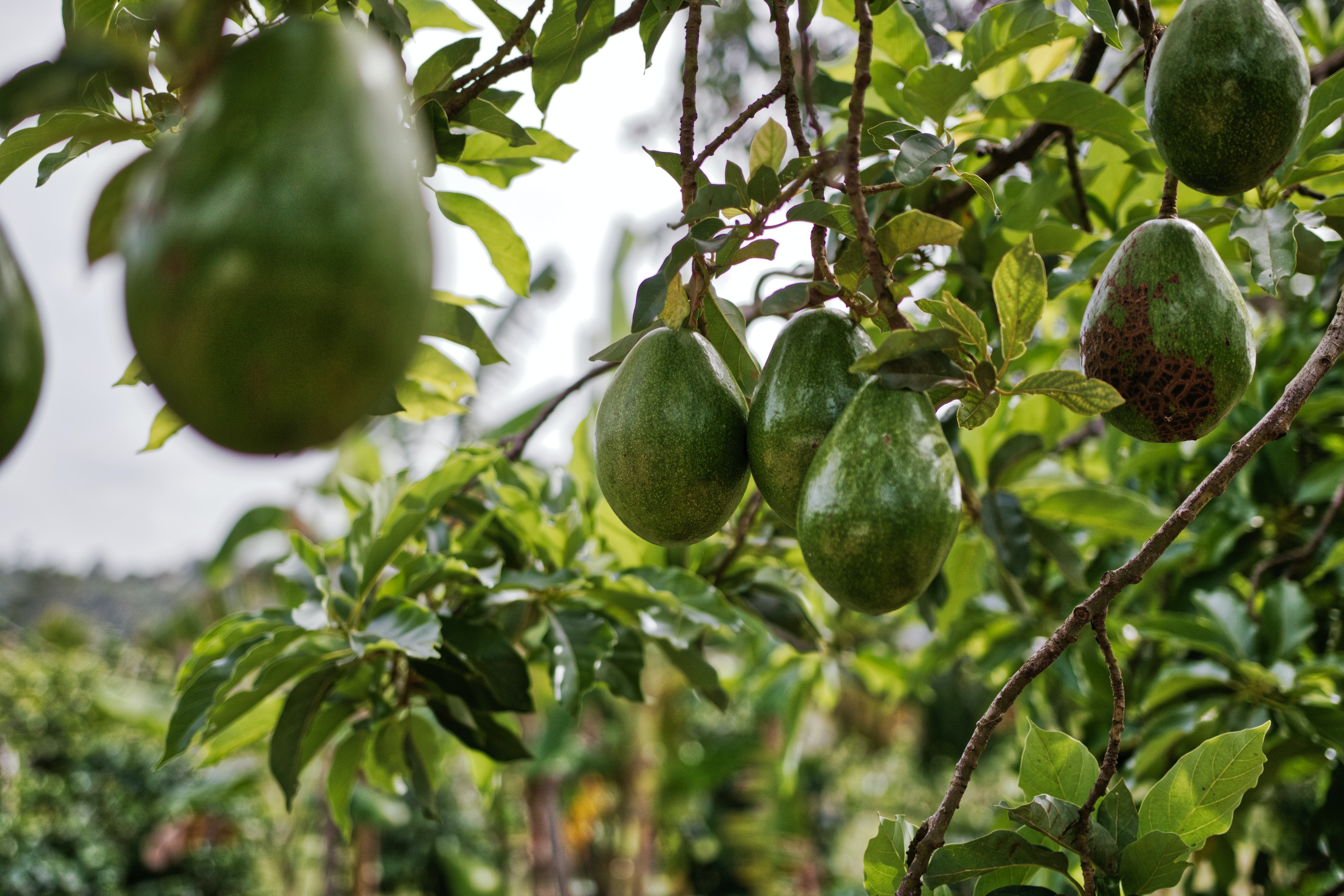Avocado Market Analysis: Wholesale Prices, Forecasts and More
Keep updated on the latest prices and trends in the avocado industry. Read on to learn more.

Avocado has become a staple in many consumer diets due to the health benefits that they offer. As a result, the demand for avocados has skyrocketed in recent years, which has led to substantial market expansion.
This has not come without its challenges, however, as the market has seen significant upheaval, including fluctuations in production and volatility in avocado market prices.
This article will take a look at the avocado industry in terms of wholesale prices, trend projections, and other relevant topics. We’ll also go over how Silo can help your produce business handle market fluctuations more effectively.
Avocado wholesale prices
The price at which avocados are sold to retailers and other types of businesses is often referred to as "wholesale pricing". Wholesale pricing has a large influence on overall markets, with prices affected by a number of different variables, such as supply and demand, the cost of manufacturing, and the weather.
Avocado shortages, for example, have historically pushed wholesale avocado prices up, resulting in producers in California charging $1.76 per pound. This year will likely see more supply, which will drive prices down.
Market dynamics for avocados
Lower avocado yields that came out of Mexico in 2022 affected avocado market prices, driving them up. This year, harvests are expected to be plentiful, with Mexico anticipating that it will export 16% more in avocado volume during 2023 to the United States.
Another factor that has significant influence on the American avocado market is changes in the size of Mexico's crops, as more than 80% of the avocados consumed yearly in the United States come from Mexico.
Forecasting trends for the avocado market
A record number of avocados (including those produced domestically in California, as well as those imported from Peru, Mexico, Chile, and Colombia) are predicted to be consumed in the United States in 2023, bringing the total amount of avocados consumed to a whopping 3 billion pounds.
The California Avocado Commission's pre-season crop predictions indicate that the state is on pace to harvest roughly 257 million pounds of avocados in 2023. While this is approximately 7% less than the state's avocado market harvest in 2022, a large volume of avocados is expected to come out of Mexico.
Regardless, even though California's share of the market is less than 10% overall, harvests in the spring and summer will play a vital role in filling reduced-volume slots created during Mexico's lighter months. This year's California avocado season was predicted to begin with a mild harvest in January, gradually rising to its peak harvest period in April through to July.
The environmental impact of avocados
The expansion of the avocado market industry has had a noticeable effect on the environment.
After all, growing avocados requires a substantial amount of water. Meeting demand has resulted in less-than-environmentally-friendly practices on a larger scale—i.e., excess water consumption through mass production.
Greater demand for avocados has also resulted in forest destruction in some regions, as land has had to be removed to create room for avocado farms.
The industry has shown signs of working to find solutions to these problems. Growers, for instance, are switching to more sustainable agricultural methods that consume less water and result in less damage to surrounding areas.
Distributors have also been applying pressure, working more exclusively with grower-shippers that practice sustainable production.
Consumer behavior and trends for avocados
Understanding consumer patterns is crucial to fully understanding avocado markets and the industry as a whole. The market for avocados is flourishing due to consumer behavior that has allowed for extensive growth.
In recent years, customers have grown increasingly health-conscious, leading to many of them seeking out foods rich in nutrients, of which avocados have played a key role. The surge in popularity of plant-based diets has also allowed for market expansion, as avocados have become highly favored by consumers for their versatility.
Demand for avocado-based goods has also increased, with companies investing in the production of avocado oil, avocado-based spreads, and so on.
Respond to market conditions more effectively with Silo
With the avocado market being so dynamic, businesses looking to break into the market can position themselves for success by using the right strategies and tools. It helps to start by having a solid grasp of pricing, keeping up to date with accurate trend forecasts, and knowing the preferences of target customers.
Produce businesses have also enlisted the help of technology and capital solutions that allow them to better understand and respond to market conditions. Silo, for example, is an enterprise resource planning solution that has built-in capital solutions designed to help produce businesses grow.
Through connecting inventory management, lot tracking, and accounting transactions, Silo helps businesses streamline their operations, enhance productivity, and access important performance insights that further equip businesses to take action on opportunities. The platform is user-friendly and built to help food supply chain businesses thrive.
Book a demo with Silo today!
Want to book a demo with us?
Add your info and we’ll get one scheduled with you.